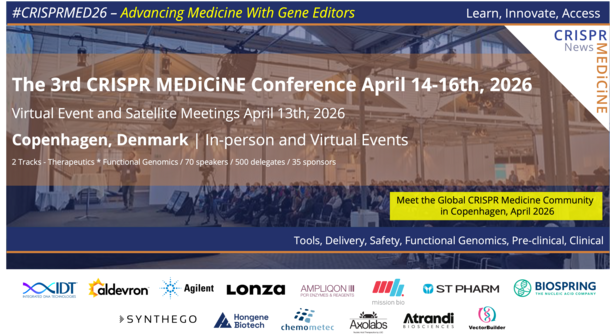T-cell acute lymphoblastic leukaemia (T-ALL) is an aggressive blood and bone marrow cancer that disrupts normal T-cell development in the thymus. It represents 25% of adult ALL cases and 10-15% of childhood cases, with median onset at age 9 in children and age 30 in adults.
In T-ALL, T-cells become cancerous during their normal development process in the thymus, often spreading to the central nervous system. About 75% of cases develop mediastinal masses behind the breastbone. Genetic mutations cause T-ALL, and risk factors include family history, genetic conditions such as Down syndrome and previous radiation exposure.
Symptoms include fatigue, easy bruising, excessive bleeding, breathing problems, lymph node swelling, and recurrent infections. Diagnosis involves blood tests, bone marrow biopsy, imaging, and genetic testing. Treatment options include chemotherapy, radiation, targeted therapy, stem cell transplants, and supportive care. Prognosis varies significantly: approximately 75% of children and 60% of adults remain cancer-free after treatment, though about one-third experience relapse within 1-2 years.
Lymphoblastic lymphoma (LL) is a rare, fast-growing type of non-Hodgkin lymphoma that develops when the body produces abnormal lymphocytes. It can arise from both B-cell and T-cell lymphocytes and is most common in children and teenagers.
LL is very similar to acute lymphoblastic leukemia (ALL) and is typically treated in a similar way. The abnormal lymphocytes usually accumulate in lymph nodes but can affect other body parts. The causes are largely unknown. Common symptoms include painless swelling in the neck, armpit, or groin, and mediastinal masses that can cause shortness of breath, cough, and chest pain. Some patients experience so-called "B symptoms", including night sweats, unexplained fevers, and weight loss. General symptoms may include loss of appetite and tiredness.
Diagnosis involves lymph node biopsy and tissue analysis. LL is classified as high-grade (fast-growing), though staging doesn't significantly affect treatment planning. Treatment options include chemotherapy, steroids, targeted therapy, radiotherapy, and stem cell transplants. A multidisciplinary team develops individualised treatment plans based on lymphoma stage and symptom severity. Regular follow-up appointments monitor recovery and manage potential long-term effects after treatment completion.
Sources: Leukemia Research Foundation and Macmillan Cancer Support
